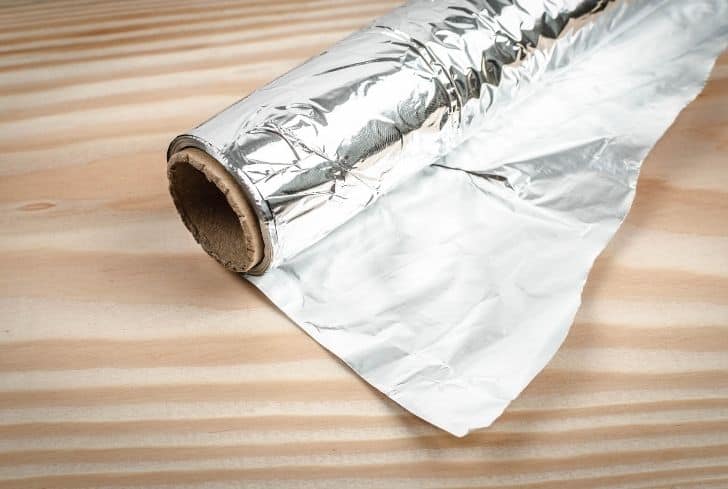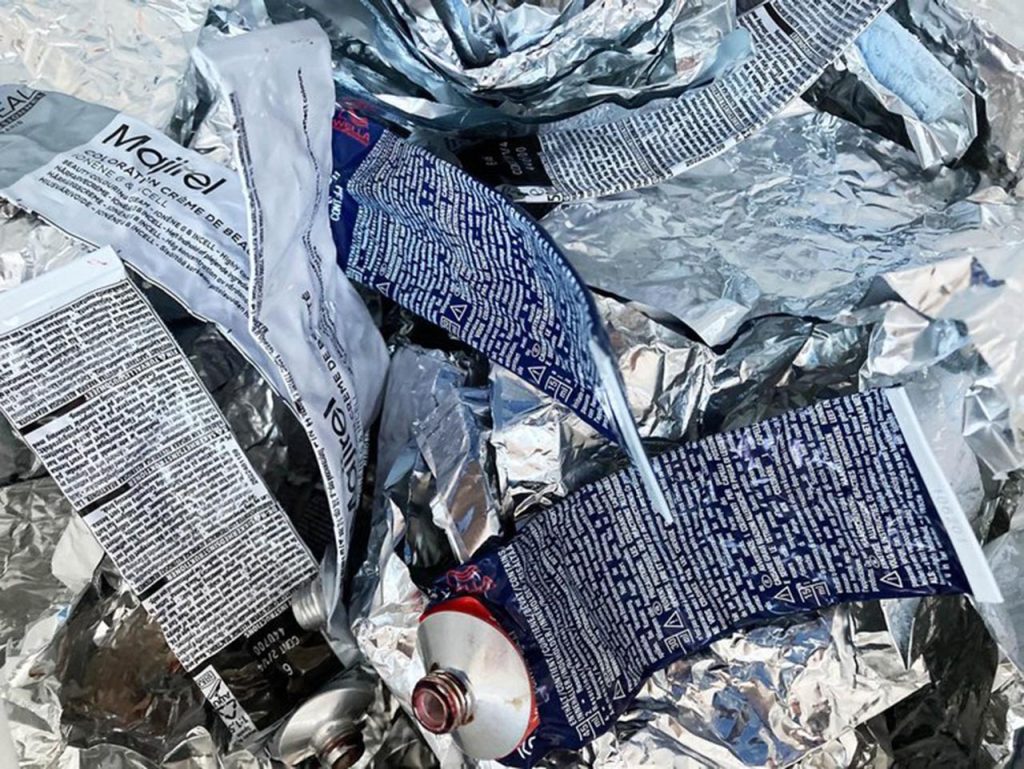Aluminum foil is recyclable due to several key factors:
Material Composition
Alufolie is made primarily of aluminum, which is a highly recyclable material. Aluminum is indefinitely recyclable, meaning it can be recycled repeatedly without losing its quality or properties.

Energy Savings
Recycling aluminum saves a significant amount of energy compared to producing new aluminum from raw materials. Recycling aluminum requires only about 5% of the energy needed to produce aluminum from bauxite ore, the primary source of aluminum.

Environmental Benefits
Recycling aluminum foil reduces the need for mining bauxite ore and the associated environmental impacts such as habitat destruction, soil erosion, and water pollution. It also reduces the amount of waste sent to landfills, which helps in conserving landfill space and reducing greenhouse gas emissions.
Economic Incentives of Aluminum foil
Recycling aluminum provides economic incentives for both consumers and recyclers. Consumers can often earn money by recycling aluminum foil through scrap metal collection programs or receiving refunds from recycling centers. Recyclers can profit from selling recycled aluminum to manufacturers for the production of new products.

Ease of Recycling
Aluminum foil is lightweight and easy to collect, transport, and process, making it an ideal material for recycling. It can be recycled using the same process as other aluminum products, such as cans and containers, without the need for additional sorting or processing.
Overall, the recyclability of aluminum contributes to resource conservation, energy savings, and environmental protection, making it an environmentally sustainable choice for packaging and other applications.


